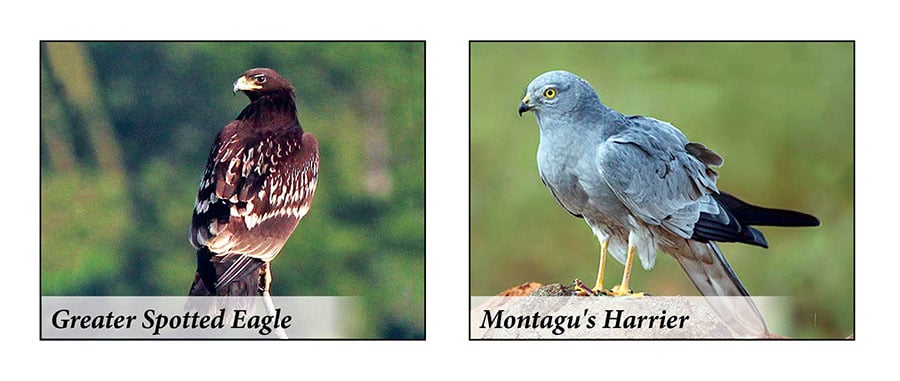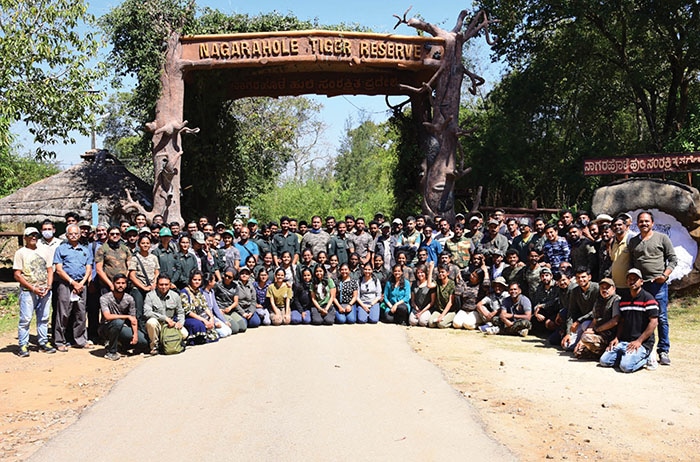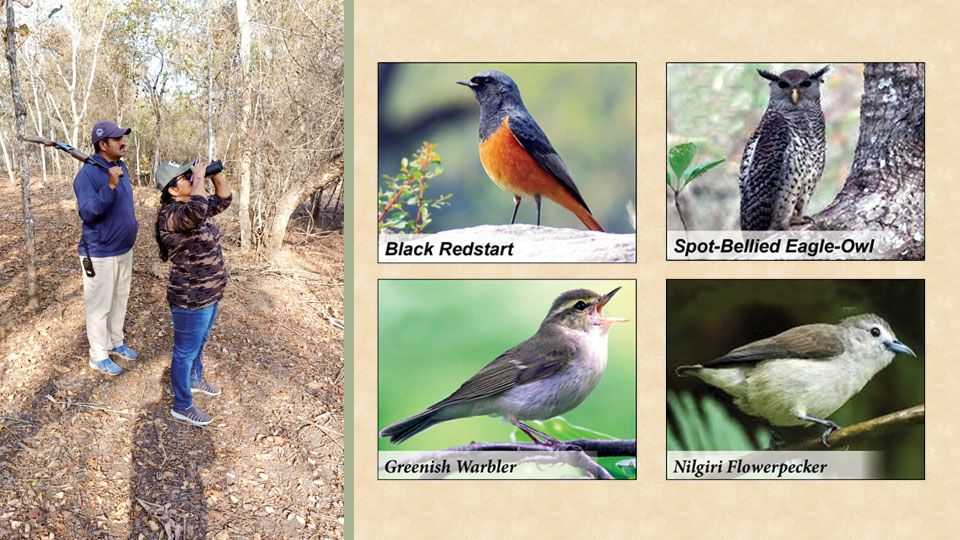Mysore/Mysuru: The four-day bird survey conducted at Nagarahole Tiger Reserve that concluded on Jan. 26 has indicated the presence of over 270 bird species and six new bird species in the National Park.
According to Nagarahole Tiger Reserve Director, D. Mahesh Kumar, this could be termed as a second census as the first census was held during October last year and over 270 bird species were identified. The latest census was done to update the list. In the process, six new species have been identified.
Butterfly and avifauna count was done in October last year with the help of Krushnamegh Kunte from the National Centre for Biological Sciences and experts from College of Forestry in Ponnampet and Bengaluru Butterfly Club.
The census was conducted in 91 beats of the eight zones of the Tiger Reserve and over 75 volunteers from five States — Karnataka, Tamil Nadu, Kerala, Maharashtra and Telangana — and 36 birders from College of Forestry in Ponnampet participated.

Over 224 birds were spotted at Kallahalla Range, 215 in D.B. Kuppe Range, 209 in
Hunsur Range, 194 in Anechowkur Range, 191 in Metikuppe Range, 165 in Nagarahole Range, 142 in Antharasanthe Range and 191 birds have been spotted in Veeranahosahalli Range.

The six new bird species that have been added to the known list of Nagarahole Tiger Reserve are Black redstart, Greenish warbler, Greater spotted eagle, Spot-bellied eagle-owl, Nilgiri flowerpecker and Montagu’s harrier.
At the concluding event held at Veeranahosahalli, S. Sanjay of Bandipur and B.S. Revath of Mysuru were honoured for spotting the highest species of birds during the census.

Addressing the gathering, Director Mahesh Kumar said that the Tiger Reserve is full of dry deciduous and moist deciduous forests with teak and rosewood, Pala indigo and thorny wattle, sub-montane valley swamp type of vegetation. Though the forest is famous for its tigers and elephants, we can also establish the fact now that the place is a home to over 270 bird species, he added.
“Unless we know what we have, we cannot manage. The bird census enables us to better manage the Tiger Reserve as we can identify the food and habitat regions of particular bird species. It helps ground staff become more aware, be keen observers and better conservationists. Moreover, this is the best time for a bird census as many migratory birds come to the southern regions from far off places,” Mahesh Kumar said.
Assistant Conservators of Forests (ACFs) Gopal, Satish and Mahadev, Range Forest Officers (RFOs) Siddaraju, Kiran Kumar, Nama Narayan Nayak and Amith Gowda and K.V. Raju of Eco Volunteers India were present.








Recent Comments